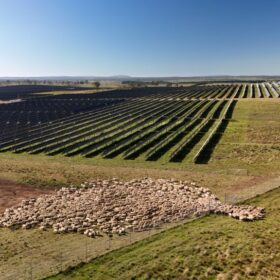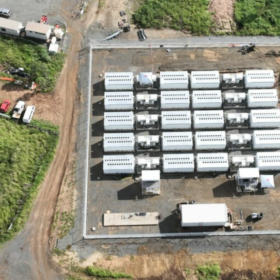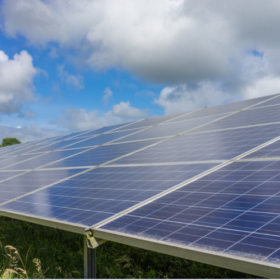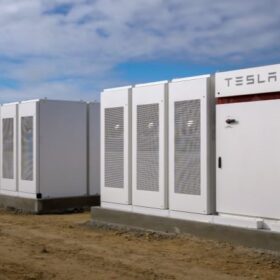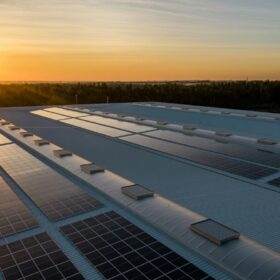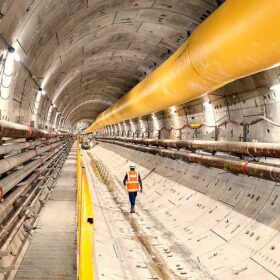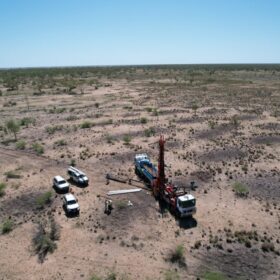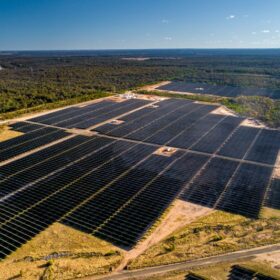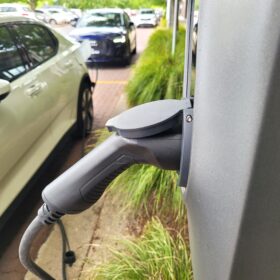Land agency says renewables target driving ‘huge’ demand
With renewable energy capacity in Australia expected to at least double over the next six years, the search for land to host solar, wind and energy storage developments is offering a new income stream for interested landowners.
Lawler talks of ray of sunshine for idle NT solar farms
Three sleeping solar farm beauties in the Top End may receive the kiss of life with Northern Territory Chief Minister Eva Lawler indicating the government could buy them from their owner, but questions remain about grid stability.
Genex eyes new PPAs for Bulli Creek solar project
Fortescue has missed a deadline to reach financial close on a green hydrogen project in Queensland that is key to Genex Power’s proposed Bulli Creek solar and big battery development, but there are other names on Genex’s dance card if the deal falls through.
CIP acquires majority stake in Elgin Energy
Copenhagen Infrastructure Partners has acquired a majority stake in Elgin Energy that will help the Ireland-headquartered solar developer to transition into an independent power producer and grow its pipeline of projects in new and existing markets, including Australia.
Tesla reports record energy storage deployment figures
Tesla’s global electric vehicle sales are plummeting, but its energy storage business is surging, with more than 4 GWh deployed in the first quarter of 2024 alone.
Malaysia launches 2 GW solar tender
The Malaysian government has kicked off a 2 GW solar tender featuring four packages of rooftop, ground-mount, and floating solar, with permitted generation capacities ranging from 1 MW to 500 MW.
Malaysian player targets 2 GW renewables portfolio for Australia
Malaysian engineering and infrastructure company Gamuda has announced it will shift its focus in Australia to the clean energy and renewables infrastructure market, laying out plans to build a 1 to 2 GW portfolio of solar and wind projects in the next five years.
Idemitsu grabs stake in Graphinex battery materials bid
Australian miner Graphinex’s ambition to establish an integrated graphite mining and battery anode manufacturing business in Queensland has attracted the support of Japanese oil and gas giant Idemitsu Kosan.
Budget to bankroll phase two of clean energy transition
Former federal energy minister Greg Combet has indicated the May Budget will unleash big bucks for the next stage of Australia’s renewable energy transition, underwriting the nation’s charge to become a global wind, solar and green hydrogen superpower.
Australian solar evades clouds to perform in March
Solcast, a DNV company, reports that Victoria, Tasmania, Western Australia, and New South Wales were over-performing solar regions in March. This overperformance in the southeast and southwest came despite most of the Australian continent seeing below-average irradiance, due to thicker-than-usual clouds over the sparsely-populated interior and tropics.
